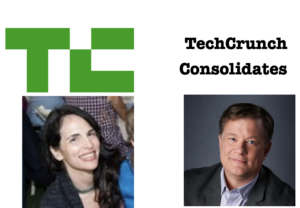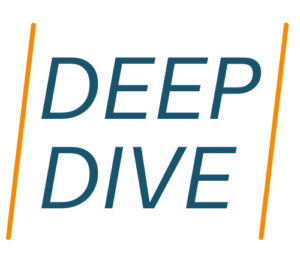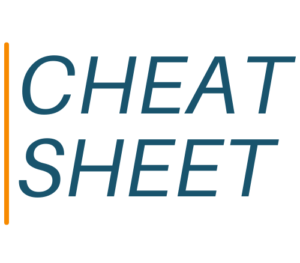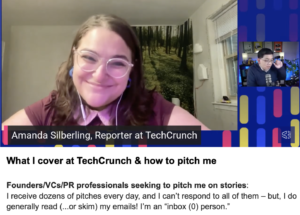Check Out the LinkedIn Profile of TechCrunch’s Publisher
The guy also is the full-time “chairman” of Bally and Sassoon. On top of that, he’s also chairman of Foundry and 13 other companies. Well,
The guy also is the full-time “chairman” of Bally and Sassoon. On top of that, he’s also chairman of Foundry and 13 other companies. Well,
TC’s Rebecca Bellan finds fault with Quartz for how poorly its AI rewrote a recent story of hers. Quartz doesn’t attempt to hide its use
Less than ten individuals were impacted, says a Jan. 15 report in Business Insider. Monitor Fridge Notes for the names as they become known.

TechCrunch suffered layoffs yesterday. At least five editors were affected

TechCrunch last week fielded a reader survey built to define what TC readers see in 2024, and perhaps, how many editors produce it.

The following is a “conversation” between SWMS and GPT-4 regarding recent work from TechCrunch senior reporter Kyle Wiggers. It has been edited for length and clarity, as we do our Q&As with humans.

Ever go to Techmeme and wonder which article is “the best” on a given topic? Generative AI can help answer that question. We looked at news published this week from ZDNet, TechCrunch and The Verge…

You need to be logged in to view this content. Please Log In. Not a Member? Join Us

Most PR pros categorize targets by beat, then by publication. There’s another way — by experience. The rookies are happy to be where they are. And quite often they are friendly toward PR, especially when you appear to know a little bit about them.

Unlike most reporters you’ll meet, TechCrunch freelancer Amanda Silberling is no introvert. She truly wants you to understand what she does and why.
YOUR ACCOUNT
FRIDGE NOTES
Indy media business experts Brian Morrissey and Jacob Cohen Donnelly have built two very successful businesses with both newsletters and face-to-face events. Axios has noticed this and has decided to get into the event space focusing on the economics of publishing, which of course is a topic close to home. Announced this week: an Axios event coming up in September. Hosts: Sara Fischer and Kerry Flynn.
ServiceNow has launched a special report on Fortune to jumpstart strategic spending on AI, illustrating workarounds for implementation problems, and otherwise illuminating the path to integrating AI into software operations. This is a branding exercise, of course, and perhaps is a sign that earned media is just not going get a strategic job done.
AIQ shows a big idea and how to leverage the prestige of Fortune without having to pitch stories to accomplish that same objective: you can just buy shelf space. In the case of AIQ, Fortune hired freelancer Sage Lazzaro — who used to work on staff there to create high-level content. So let’s keep an eye on this project, monitoring how well-respected it is… and whether its content gets surfaced in search engines.
Here are the details — Choose from 5 categories and 30+ subcategories. The awards are being promoted by Bhava Communications, an SWMS subscriber.
The guy also is the full-time “chairman” of Bally and Sassoon. On top of that, he’s also chairman of Foundry and 13 other companies. Well, 14, if you count his own private equity firm. How much time will he put into TC, understanding the subtleties of tech edit?
Julie opens up to host Dave Reddy.. it’s a good listen. BVM is a SWMS subscriber.